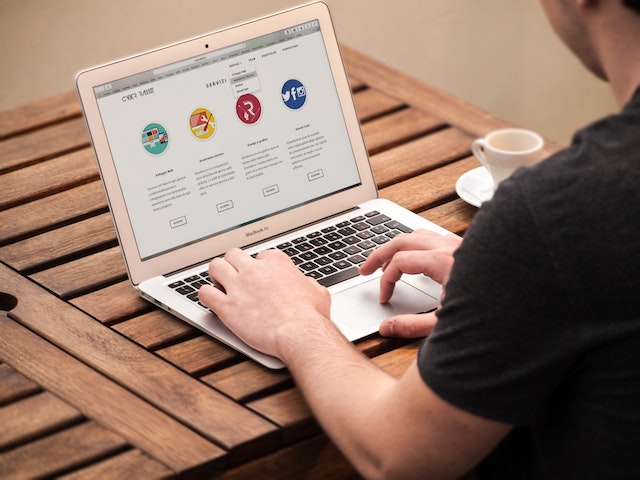
Advancing Your Academics: How to Handle Your Research Data
Did you know that poor data collection can lead to an inability to answer research questions and can distort findings?
Working with data requires organization and attention to detail, but even the best of us can have numbers slip by.
If you want to be a successful researcher, there are a few tricks that will improve data collection.
Keep reading if you want to learn some of the most effective tips for handling research data!
Table of Contents
Create a Strategy for Naming Files
One of the best tips for handling research data is to create a strategy for naming your files.
Depending on your research, the data you collect could get repeated. Many recommend using the date within the file name to locate items quickly. This is essential to analyze your data without spending hours searching through content.
Be consistent and follow the same pattern for all of your files to prevent confusion.
Add Metadata
Metadata is essentially the information that isn’t the data but applies to the subjects or conclusions.
Adding metadata to your research can help you monitor independent and dependent variables. When you have more context with your research, it becomes more valuable and can help you test theories.
Some details you should consider adding are when, where, and why the data was created. You should also add details about how the information was collected.
Use Software
If you don’t know how to analyze data in research, SPSS data analysis services can help.
SPSS is a software where you can input data and it will organize the information and help you form conclusions. Smart programs look for significant values while evaluating data and will notify you of any outliers. This can help save you time and energy since you won’t have to strain your eyes scrolling through data.
The best part about SPSS software is that it can model data and create helpful charts within moments.
Be Smart About Saving
There is nothing more important to a researcher than the data they collect.
If you don’t want to put all of your work at risk, you need to think about how you save your data. Uploading data to the cloud is the most logical way to prevent losing your work. When you place your work only on a hard drive for a computer, if it gets damaged, everything will be lost.
External hard drives and optical storage are other options to consider. Avoid using flash drives since they can get lost, broken, or degrade.
Make the Most of Your Research Data
Working with research data can quickly become overwhelming as the numbers start pouring in.
It’s easy to confuse information and come to false conclusions. Working with software can prevent errors and help you identify significant data. With all of the innovative tech devices and programs, collecting data has never been easier.
Don’t get discouraged if you hit a roadblock with data. Keep collecting and you will observe trends over time.
Make sure you read our blog for more information about data collection and improving your research!








